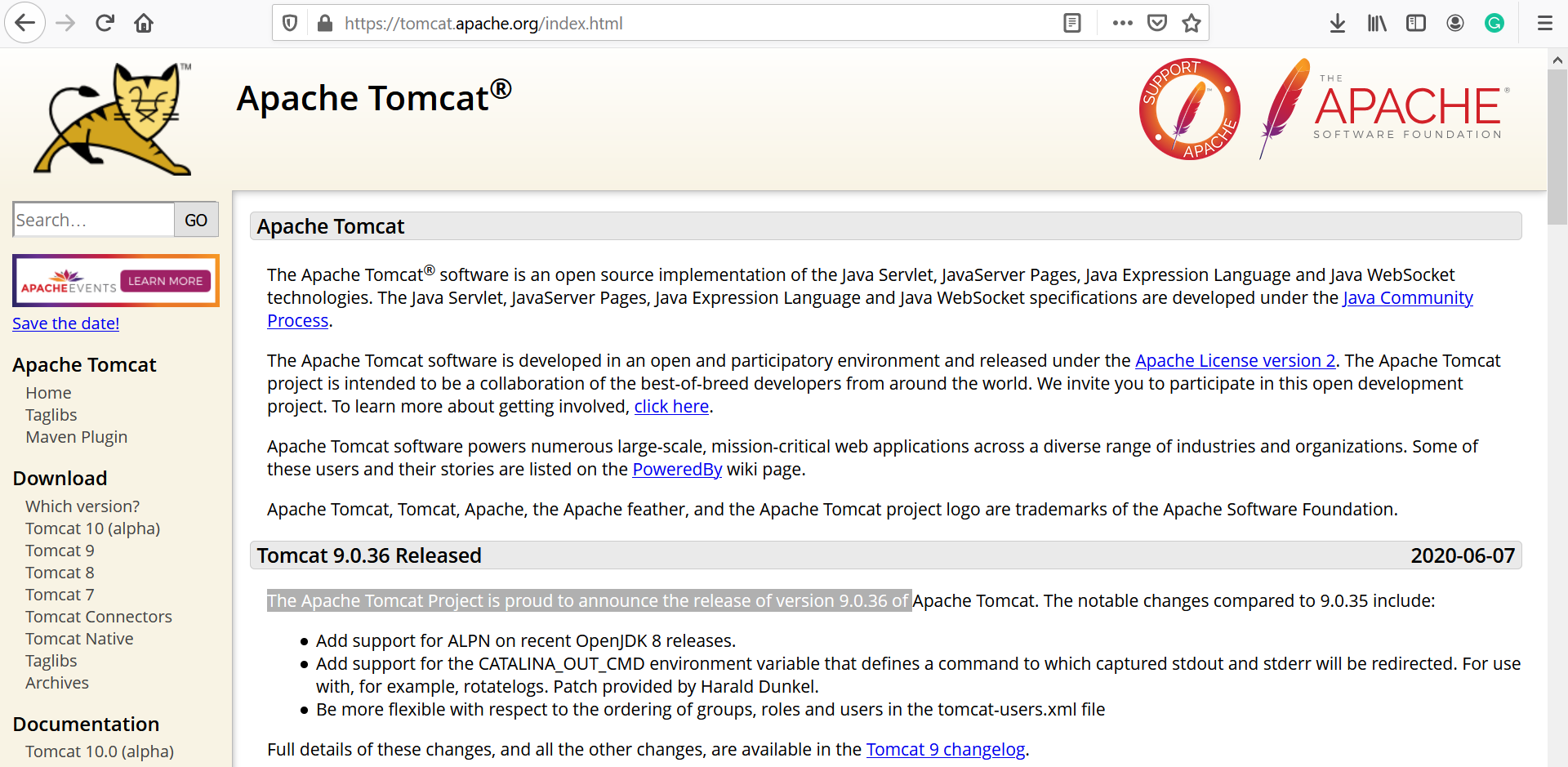

In general I try to separate as much as I can environments from each other, running on different servers ideally, but i understand this is not something you can do with a single VPS. This sounds rather complicated to me and not the way I would try to run it. I had tried many other tricks but not luck.Īny help would be appreciated. They should have gone to the default host. > in browser is hitting my tomcat webapp properly.īut and xx.xx.xx.xx my ip in browser is also hitting my same webapp as for. Within $CATALINA_HOME/webapps-new folder i created symlink for my webapp.Ĭd $CATALINA_HOME/webapps-new/ROOT/WEB_INF/Ĭreated context.xml in META-INF file with content as below. I created new appBase directory mkdir $CATALINA_HOME/webapps-new I updated my $CATALINA_HOME/conf/server.xml to have one more host. That what i want to achieve and not able to do that. and writing the server ip in browser address bar is also landing me to the same tomcat page.ĥ Now i need to point to my app deployed in tomcat at $CATALINA_HOME/webapps/6 And other to point to my app deployed in tomcat at $CATALINA_HOME/webapps/ħ And xx.xx.xx.xx my ip to land at default tomcat page only. Now running my registered domain name in browser.This successfully redirected my each request to tomcat. ProxyPass / ProxyPassReverse / ServerName localhost # after it has been globally disabled with "a2disconf". # following line enables the CGI configuration for this host only # include a line for only one particular virtual host. # enabled or disabled at a global level, it is possible to # For most configuration files from conf-available/, which are # It is also possible to configure the loglevel for particularĬustomLog $/access.log combined # However, you must set it for any further virtual host explicitly. # value is not decisive as it is used as a last resort host regardless. For the default virtual host (this file) this # specifies what hostname must appear in the request's Host: header to In the context of virtual hosts, the ServerName # The ServerName directive sets the request scheme, hostname and port that

Modifying the nf of apache to look like this. Now we have to route traffic from Apache to Tomcat I installed Tomcat 7.0.55 at port 8080 and it is up and running. I got my vps running and it has Apache running at port 80. As i am new to server setup stuff.īeen following many tutorial and docs on net regarding the same, many hit and run, But got no luck. Custom Servlets used as error pages must ensure that they handle any error dispatch as a GET request, regardless of the actual method.I have been struggling with this for a day and more now. (2) By default, the response generated by a Servlet does depend on the HTTP method. JSPs used as error pages must must ensure that they handle any error dispatch as a GET request, regardless of the actual method. Notes for other user provided error pages: (1) Unless explicitly coded otherwise, JSPs ignore the HTTP method. Depending on the original request this could lead to unexpected and undesirable results for static error pages including, if the DefaultServlet is configured to permit writes, the replacement or removal of the custom error page. If the error page is a static file, expected behaviour is to serve content of the file as if processing a GET request, regardless of the actual HTTP method. This means that the request is presented to the error page with the original HTTP method.

The error page mechanism of the Java Servlet Specification requires that, when an error occurs and an error page is configured for the error that occurred, the original request and response are forwarded to the error page.


 0 kommentar(er)
0 kommentar(er)
